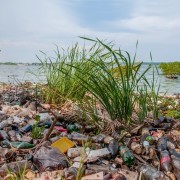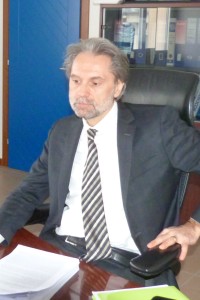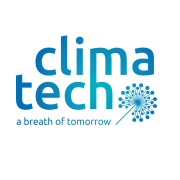Low GWP refrigerants are the one and only solution
The Air Conditioning and Refrigeration industry is always looking for more efficient and sustainable solutions. Being able to combine efficiency and sustainability is crucial from both an economical and an environmental point of view.
The evolution that is affecting the refrigeration industry and refrigerant markets is the result of the continuous updating of international agreements. These agreements are designed to encourage manufacturers to reduce global warming.
After the recent update of the European F-Gas regulation and the international directives, it is important to move toward accelerated reduction of HFCs because, although their ODP (Ozone Depletion Potential) is 0, they have very high GWP.
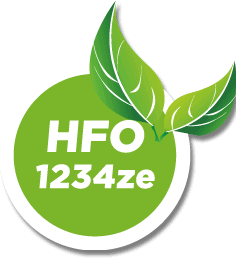
The best synthetic gas alternative to HFCs is represented by HFOs (hydro-fluoro-olefines), fluorinated hydrocarbons with a double C=C bond and with very short atmospheric lifetime and extremely low global warming potential. For the properties of HFOs, and of R-1234ze specifically, and for the advantages of their use in chillers, please have a look at this technical brochure by Honeywell.
At Geoclima we have been using HFO chillers for many years, focusing on reducing the effect that our products have on the environment. It is for this reason that we consider the GWP of refrigerants as an important factor when evaluating the impact of our products on the environment. Other factors, such a flammability, are secondary to the refrigerant choice, as they are mainly related to the product design and can be faced with adequate technological solutions.
Although the risk deriving from the flammability of a refrigerant directly affects the unit classification in accordance with the pressure equipment directives (i.e. PED) and sets specific use and maintenance limits depending on the site of installation (UNI EN 378 – safety and environment requirements for refrigeration plants and heat pumps), these problems can be solved through the development of specifically designed solutions that cancel these risks.
What we cannot influence in any way is the GWP of a refrigerant, that is its environmental impact.
We at Geoclima believe the environmental issue is a priority, and think that the one and only way to deal with it is to use refrigerants with GWP<10. Switzerland has already embraced the use of HFO1234ze through its ORRPChim regulation.
All intermediate alternatives, such as new blends with GWP=600, although described as “green” by some producers, do not represent the best solution to protect to environment. These refrigerants are only an interim step on the pathway towards the achievement of the targets set by international agreements, such the Montreal and Kyoto Protocols first, and the more recent Paris agreement, signed by all 197 Parties involved in the COP21 in December 2015.
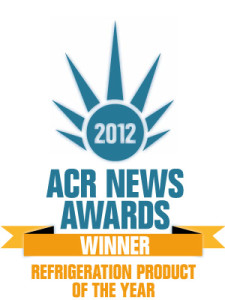
Geoclima’s position is supported by many years of experience in the use of very low GWP refrigerants. In 2012 we designed and developed the world’s first HFO chiller with R-1234ze(E) – awarded with the ACR Awards 2012. Today this solution is widely used in the HVAC sector, as a demonstration of the validity of this technology and of its advantages from both an environmental and performance point of view. Today we can provide customized and unique solutions not only with R1234ze (with GWP<1), but also with R290 (GWP=3), R1270 (GWP=3) and NH3 (GWP=0).


